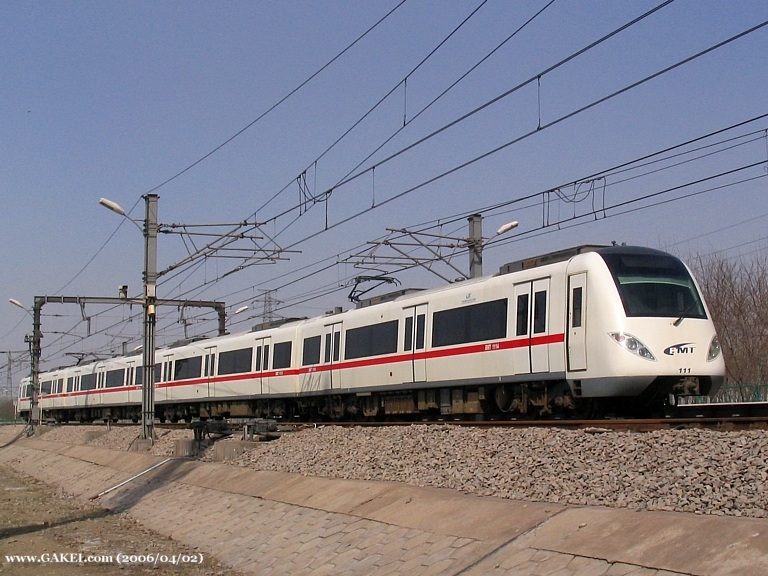On the making it happen front, a form letter for Councillors and MPPs has been posted to the Facebook group. A copy is also appended below. Please send on to your representatives to help move this thing up, and tell your friends to do the same...
Dear XXXX
I am writing as a constituent and transit rider both concerned by the absence of new rapid transit for central Toronto in the TTC's current expansion plans and very excited by the suggestion of a new Downtown Relief Line (DRL) subway which has recently begun to attract media attention. The DRL is a revival of an old TTC subway plan to link Pape station, on the Danforth line, to Union via the east end of the central city, continuing west and north along the Weston railway corridor to Dundas West station. It would relieve tremendous current crowding on the Yonge Line and the Yonge/Bloor interchange, and provide the extra capacity in the city centre to handle an influx of riders from new suburban subway and light-rail projects.
Even more importantly, the DRL would serve a huge range of major development nodes that are currently reliant on slow, unreliable and overcrowded streetcar service, including the Distillery District, West Donlands and East Bayfront redevelopment zones, Cityplace, Liberty Village, and the Queen West Triangle.
The opportunities for eventual extension of the DRL would be tremendous. Beyond the intermodal station at Dundas West, the Weston rail corridor passes through the Junction and Weston areas before passing just east of Pearson Airport. Similar extensions would be possible in the east of the city, north of Pape station.
This new subway line could be largely placed on existing surface railway alignments, and would thus require relatively little expensive tunneling.
In short, the DRL would be a tremendously beneficial addition to Toronto's subway network, finally bringing true rapid transit to large and densely populated portions of the city which currently have none. Central Toronto is the cultural and commercial heart of the city-region (and indeed of the country), and it urgently requires better transport links.
Thus it is extremely encouraging that the likes of TTC chairman Adam Giambrone and Metrolinx head Rob MacIsaac have acknowledged the need for a DRL ("TTC to consider relief line by 2018, chief says," National Post, 16 April 2008). However, given the rapid development occurring in central Toronto right now, and the continued overcrowding of existing streetcar services, it is critical that this new subway project be pursued as soon as possible. Beginning consideration of the plan in ten years will simply be too late, especially because the planned extensions of the Yonge and Spadina lines will lead to further overcrowding.
While all of the rapid transit expansions currently planned in Toronto are justified in different ways, surely the potential benefits of the DRL are comparable or greater than those envisioned to accrue from currently-planned suburban subway extensions. The need for new rapid transit in central Toronto is urgent, and cannot wait decades to be met without serious consequences for the economic health of the city-region.
Thus I urge you to do your utmost to move the planning and construction of this critical and highly cost-effective piece of infrastructure to the top of Toronto's list of transit priorities.
Sincerely,
XXXXX

